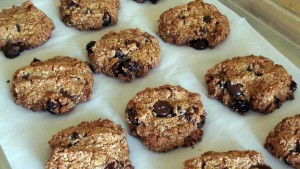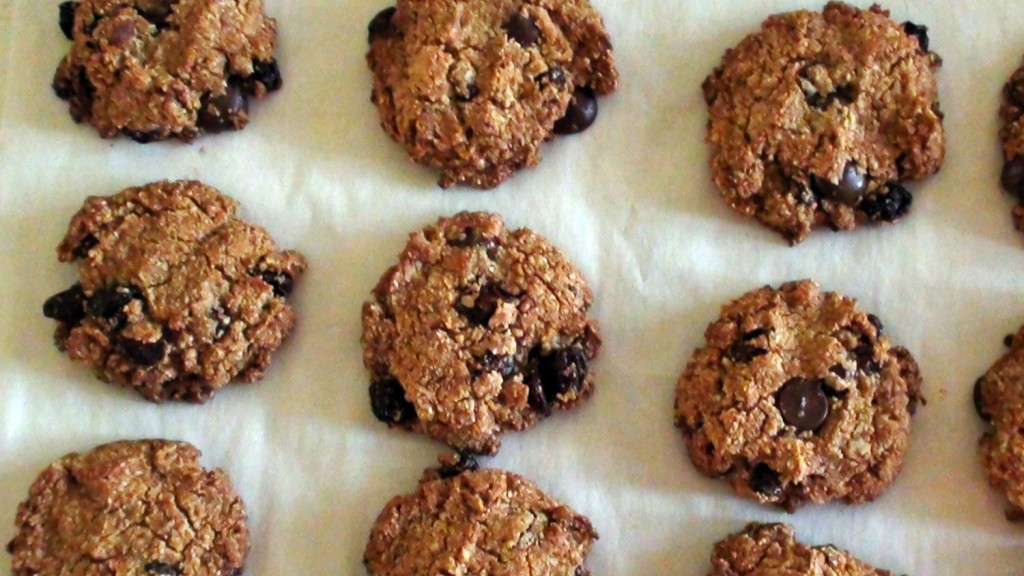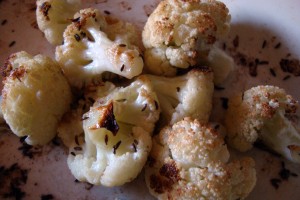 I don’t know about you, but the minute the temperature drops and the heat comes on in the house, my skin immediately reacts with chapped lips, dry, cracked, wrinkly hands and scaly legs. Besides having creams, salves, oils and lip balms within arm’s reach, making sure I stay hydrated with enough water, getting enough healthy fats in my diet from foods like nuts, seeds, and fatty fish, I’ve stepped up on something that in the past, I had only done occasionally in my personal care routine: body brushing.
I don’t know about you, but the minute the temperature drops and the heat comes on in the house, my skin immediately reacts with chapped lips, dry, cracked, wrinkly hands and scaly legs. Besides having creams, salves, oils and lip balms within arm’s reach, making sure I stay hydrated with enough water, getting enough healthy fats in my diet from foods like nuts, seeds, and fatty fish, I’ve stepped up on something that in the past, I had only done occasionally in my personal care routine: body brushing.
In the several weeks since I’ve bumped up the frequency, I’ve noticed a difference in the way my skin looks and feels. If you’re not familiar with it, body brushing involves taking a brush, preferably with natural bristles, to your dry skin before showering. I’m currently using a brush like the one in the picture. I like it because there are no hard surfaces and it’s easy to maneuver since it works from either side. And rather than simply brush randomly across the body, there is a technique recommended.
Begin at the feet and brush in long gentle strokes up the legs towards your heart. From your neck, brush down your chest and back (whatever you can reach), and brush in long strokes from your hands towards your shoulders. Use circular motions at your knees and elbows and on your trunk.
Here are some obvious and not so obvious benefits you can expect from it:
It sloughs off dead skin cells. Our skin cells are continuously moving through a life cycle that ends with a layer of dead cells at the outermost surface. In the winter, I often forget to take the extra step of exfoliating when I shower. Sometimes I just want to get in, out, and dressed as quickly as I can so the skincare gets skipped. Maybe you ignore it because you’re covered up most of the time anyway. I get that. But making the effort to remove that dead layer of cells will enable your skin to breathe better and will make your skin glow.
It stimulates the lymphatic system. Unlike our cardiovascular system, our lymphatic system is slow moving, and like a good massage that mobilizes it, body brushing does the same so it’s a strategy for boosting your immune system, especially with cold and flu season upon us. To take it even further, if you have time, after brushing, oil your skin before jumping into the shower. It’ll adds a layer of massage to your routine, and will help prevent your natural oils from being washed away in the shower.
A second strategy that I’ve used a lot in the past is to oil your skin before drying off after your shower. You’ll get the massage and the moisturizing and can skip the lotions or creams afterwards. Some of the best oils to use are coconut, raw sesame, and olive oil.
It’s energizing. If you’re in the habit of showering just out of bed when you’re still wiping the sleep from your eyes, a nice all-over brushing will make every cell in your body come alive so you’ll be wide awake and feeling alert even before you step into the shower. Brushing your skin may actually take some getting use–it did for me, one reason why it’s best to go easy on your skin. However experiencing the benefits is enough to keep me doing it.
And one more thing. Body brushing is more than skin deep. For me, regardless of the time of year, when I pay more attention to my skin, I feel better. Like any self-care ritual you treat yourself to, it feeds you. And anytime you find nourishment outside of food, you’re less likely to turn to food when you’re not physically hungry. This is just one of the many self-care rituals and soul-feeding tips I offer in my coaching and detox programs that’s helping my clients live their best lives…











